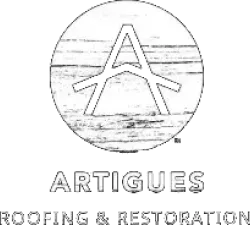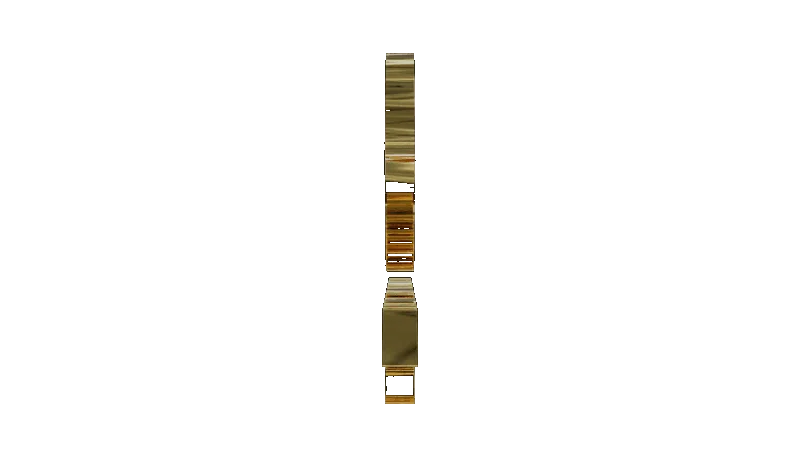
The Architectural Evolution and Roofing Practices of Seabrook Island, South Carolina
Seabrook Island, South Carolina, is a serene barrier island located just south of Charleston, known for its pristine beaches, lush natural environment, and distinctive architectural heritage. This article explores the transformation of Seabrook Island, tracing its history from a remote settlement to a thriving community, and examines the unique architectural styles and roofing practices that characterize its built environment. Whether you're a homeowner looking for roof restoration or a resident interested in sustainable design, this guide will provide valuable insights into Seabrook Island’s architectural legacy and modern roofing solutions.
Early History and Development: The Roots of Seabrook Island’s Architecture
Seabrook Island’s history is intertwined with that of South Carolina's Lowcountry region. Originally inhabited by Native American tribes, the island saw European settlers arrive in the 17th century, drawn to its fertile land and strategic coastal location for agriculture and trade.
The island’s name is believed to come from Robert Seabrook, an early English settler who acquired land here in the late 1600s. For centuries, Seabrook Island remained largely undeveloped, primarily used for farming and as a hunting retreat for wealthy landowners.
In the 20th century, significant development began on Seabrook Island, particularly after the construction of Seabrook Island Road in the 1970s. This development transformed the island into a residential and vacation destination, attracting visitors who sought its natural beauty and tranquil ambiance.
Architectural Styles and Influences: A Blend of Tradition and Innovation
The architecture of Seabrook Island seamlessly blends traditional Lowcountry styles with modern design principles, reflecting both the island’s historical roots and contemporary evolution. The island’s architecture is designed to complement its coastal environment while promoting sustainability and preserving the area’s natural beauty.
Traditional Lowcountry Architecture
Traditional Lowcountry architecture is a hallmark of Seabrook Island’s built environment. This style is characterized by elevated foundations, wide porches, and large windows that encourage airflow, offer scenic views, and provide protection against flooding. Local materials such as wood, tabby (a concrete made from oyster shells), and brick are commonly used, linking the structures to the region’s history and resources.
Modern Architectural Styles
In recent decades, modern architectural styles have made their mark on Seabrook Island, integrating sleek, clean lines with energy-efficient designs. Contemporary homes on the island often feature open floor plans, expansive glass facades, and seamless connections between indoor and outdoor spaces. These designs emphasize sustainability, with a focus on energy efficiency, water conservation, and environmental preservation.
Roofing Practices and Environmental Considerations: Resilience in a Coastal Climate
Roofing on Seabrook Island must withstand the region’s coastal climate, which is characterized by high humidity, salty air, and the potential for hurricanes. As a result, roofing material selection and design are critical for ensuring durability and resilience.
Historic Roofing Materials: Wooden Shingles
Historically, wooden shingles were commonly used on Seabrook Island roofs, providing a rustic aesthetic that complemented the traditional Lowcountry style. While wood shingles remain an option, they require regular maintenance due to their vulnerability to the humid, salty environment.
Modern Roofing Materials: Metal, Composite, and Green Roofing
Today, metal roofing is one of the most popular choices on Seabrook Island. Known for its longevity, low maintenance, and ability to withstand high winds and corrosion, metal roofing is well-suited to the coastal climate. Additionally, many metal roofs come with reflective coatings that reduce heat absorption, improving energy efficiency during the island's hot summer months.
Composite shingles and synthetic roofing materials have also gained popularity. These materials mimic the look of traditional wood or slate while offering superior durability and resistance to environmental stressors such as salt air and hurricane-force winds. Homeowners looking for a blend of traditional aesthetics and modern durability often choose composite roofing.
As sustainability becomes a priority on Seabrook Island, green roofing practices are also gaining traction. Many new homes incorporate solar panels and rainwater harvesting systems into their roofing designs, enhancing energy efficiency and reducing the environmental impact of construction.
Preservation and Community Planning: Protecting Seabrook Island’s Architectural Heritage
Seabrook Island is committed to preserving its unique character and natural beauty. Architectural guidelines and community planning initiatives ensure that new development is sensitive to the island’s historical and environmental context.
The Seabrook Island Architectural Review Committee plays a central role in overseeing construction and renovation projects. The committee helps ensure that designs adhere to community standards, fostering a cohesive architectural identity while allowing for creative innovation. This collaborative approach ensures that new developments are in harmony with the island's historic structures and stunning coastal landscape.
Roof Restoration and Sustainability on Seabrook Island: A Commitment to Preservation
As Seabrook Island continues to grow, the preservation of its architectural integrity remains a priority. Homeowners on the island often seek roof restoration services to preserve the aesthetic value of their historic homes while improving performance and durability. Roofing contractors in Seabrook Island are skilled in restoring traditional roofs, from wooden shingles to tile and slate, ensuring that each roof remains true to its original design while benefiting from modern roofing technologies.
Sustainable roofing practices play a vital role in the island's continued growth. By using environmentally-friendly materials and integrating renewable energy sources such as solar panels, homeowners on Seabrook Island can reduce their carbon footprint while enhancing the comfort and efficiency of their homes.
Seabrook Island’s Timeless Beauty and Resilient Roofing Solutions
Seabrook Island, South Carolina, exemplifies the harmonious integration of nature, history, and architecture. From its early days as a remote settlement to its status as a sought-after residential and vacation destination, the island’s architectural heritage continues to evolve in a way that respects its past while embracing modern advancements.
Roofing practices on Seabrook Island reflect the region's commitment to sustainability, resilience, and aesthetic harmony. With a focus on durable, energy-efficient materials like metal roofing, composite shingles, and green roofing systems, Seabrook Island offers homeowners a blend of traditional beauty and modern functionality. Whether you are restoring a historic roof or upgrading to a more sustainable solution, Seabrook Island is a model for thoughtful, environmentally-conscious development.
AREAS WE SERVICE
NEED ANY ROOFING HELP? CALL US NOW!
GET YOUR FREE QUOTE OR INSURANCE CLAIM ASSESSMENT
By submitting your information, you agree to start receiving notifications and promotional SMS from Artigues Roofing. You can reply "stop" at any time to unsubscribe. I agree with the privacy policy and terms and conditions.
AREAS WE SERVICE

Go Above & Beyond with
Artigues Roofing &
Restoration
SERVICES
COMPANY
GET IN TOUCH
Email: [email protected]
Address: 75 Port City, Landing Suite 110. Mount Pleasant, SC. 29464.
NEED ANY ROOFING HELP? CALL US NOW!
GET YOUR FREE QUOTE OR INSURANCE CLAIM ASSESSMENT
By submitting your information, you agree to start receiving notifications and promotional SMS from Artigues Roofing. You can reply "stop" at any time to unsubscribe. I agree with the privacy policy and terms and conditions.

Go Above & Beyond with
Artigues Roofing &
Restoration
SERVICES
COMPANY
GET IN TOUCH
Email: [email protected]
Address: 75 Port City, Landing Suite 110. Mount Pleasant, SC. 29464.





